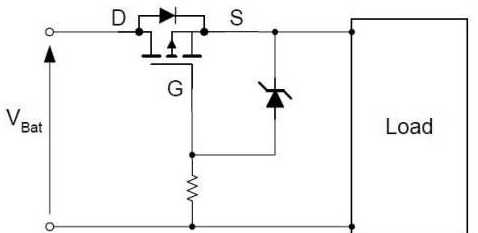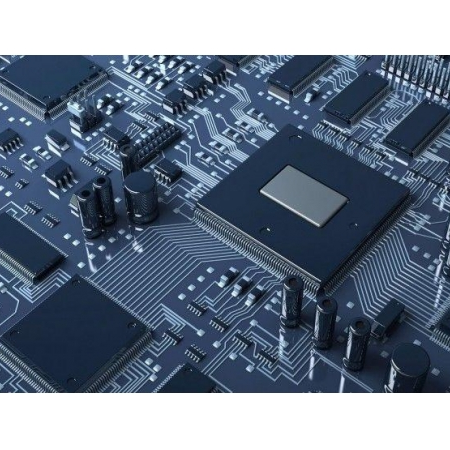There are two ways to tell the difference between a good and bad MOSFET:
The first: qualitatively distinguish the advantages and disadvantages of MOSFETs
First use the multimeter R × 10kΩ block (embedded 9V or 15V rechargeable battery), the negative pen (black) connected to the gate (G), the positive pen (red) connected to the source (S). To the gate, the source of the middle battery charge, then the multimeter needle has a mild deflection. Then change to the multimeter R × 1Ω block, the negative pen to the drain (D), the positive pen to the source (S), the multimeter labeled value if a few ohm mother, it shows that the MOSFET is good.

The second one: qualitatively resolving the electrical level of junction MOSFETsThe multimeter will be dialed to R × 100 file, the red pen randomly connected to a foot tube, the black pen is connected to another foot tube, so that the third foot hanging in the air. If you find that the needle has a slight wobble, it is confirmed that the third foot for the gate. To get more significant observation of the actual effect, but also electronic vibration close to or with a finger touch hanging in the air feet, only to see the needle for a large deflection, that is, indicating that hanging in the air feet is the gate, the other two feet were the source and drain.
Distinguishing Reasons:
JFET's input resistance is more than 100MΩ, and the transconductance is very high, when the gate lead indoor space magnetic field is very easy to magnetically induce the working voltage data signal on the gate, so that the pipe tends to be up to, or tends to be on-off. If the body induction voltage is immediately added to the gate, because the key electromagnetic interference is strong, the above situation will be more and more significant. If the meter needle to the left of a large deflection, on behalf of the pipe tends to as of, drain-source resistor RDS expansion, drain-source current amount of reduced IDS. on the contrary, the meter needle to the right of a large deflection, indicating that the pipe tends to on-off, RDS ↓, IDS ↑. However, the meter needle in the end to which direction of deflection, should depend on the positive and negative poles of the induced voltage (positive direction of the working voltage or reverse direction of the working voltage) and the operating point of the steel pipe.
Caveats:
(1) The experiment shows that when both hands are insulated from the D and S poles and only the gate is touched, the needle is generally deflected to the left. However, if both hands touch each of the D, S-pole, and with fingers touching the gate, it is possible to observe the needle deflection to the right. The root cause is the body of a number of positions and resistors on the MOSFET has a reference point effect, so that it into the saturation state area.

























